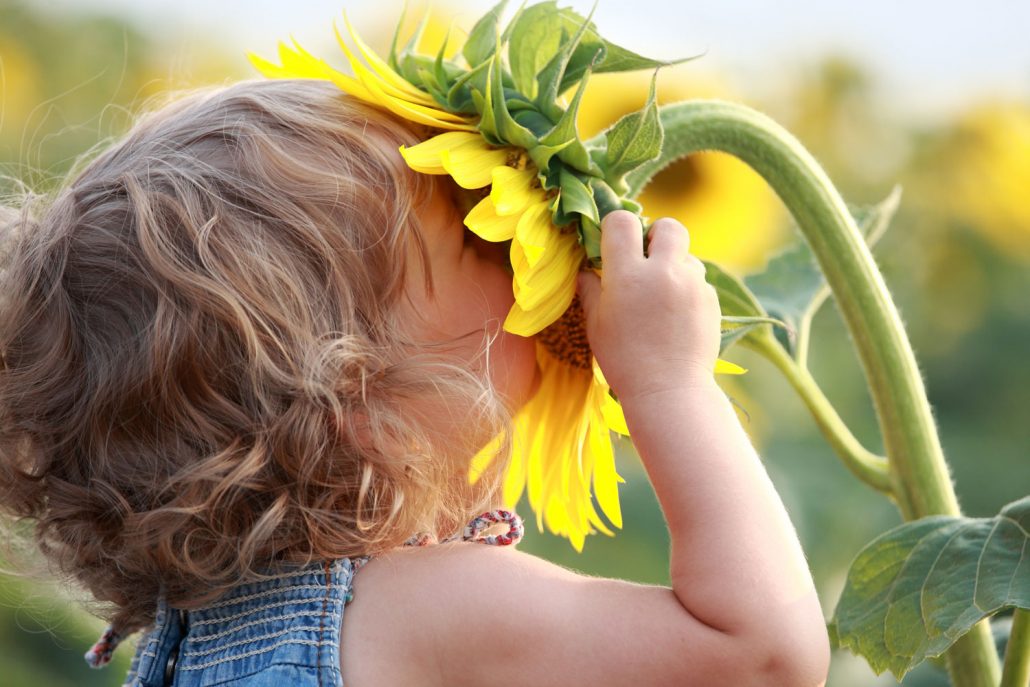Surviving the sneezing season
The time of year for sneezing appears to coincide with the combination of spring and windy weather. Many would attribute this to hay fever and more specifically pollen. Yet not all flowering plants effect those with hay fever and as the most potent contributor to hay fever is grass pollen (which peaks later in the year), what else can be the source of such an irritating condition?
We can start by looking at the function of sneezing.
Designed to expel mucus containing irritants from the nasal cavity, a sneeze, or sternutation, is a semi-autonomous, convulsive expulsion of air from the lungs through the nose and mouth.
This video for kids demonstrates how easy it is to bring on a sneeze by simply tickling the nostrils with a tissue. It also demonstrates that although the goal of a sneeze is to expel an irritant from the nasal cavity, the nostrils cannot handle the release of such a large volume of air. As the slow motion capture demonstrates the mouth becomes the preferred airway and once you have witnessed the results, the safe distance of a sneeze at six feet, makes perfect sense.
So what can cause sneezing?
One major cause of sneezing is Rhinitis, an inflammation of the mucous membrane of the nose. This can be caused by either an an allergic reaction triggered by an allergen or non-allergic, and as such is triggered by something else.
Allergic rhinitis can be in two forms. The seasonal version occurs in spring and summer with the increase of fungus spores in the air or pollen from specific plants. The perennial, or year round, allergic rhinitis can be triggered by a variety of allergens, from pet hair and saliva to dust mites.
Non-allergic rhinitis is more challenging to diagnose (no pun intended) but can have a variety of triggers. A virus infection such as the common cold would be the most well known but it can also involve certain food, odours, medication, weather and even hormonal changes or stress.
Separate to rhinitis is the photic sneeze reflex, also known as ‘Autosomal dominant Compelling Helio-Ophthalmic Outburst syndrome’ or more simply ACHOO. Whilst this phenomenon is poorly understood, the condition involves a difficulty to control sneezing when looking at bright lights or a sudden change in light intensity, hence its colloquial term, sun sneezing.
Preparation for any sneezing season
Although a natural function to protect the body, sneezing can be a hazard to others, as the mucus expelled can carry with it bacteria. Apart from that it is not a particularly socially acceptable practice. But with all the pollen, wind, sunny spring days and cats malting, you may be thinking how will you avoid a sneeze if it comes on. After all no one wants to be the one who sneezes within a packed train or elevator.
The ultimate way to prevent this allergic symptom, is to be prepared before your body reacts to the substance that is causing the sneezing. Starting antihistamine medication prior to the pollen season, combing your cat regularly or keeping you home dust free, may help reduce the chances of sneezing. Other measures such as wearing a mask if you have to mow the lawn and showering afterwards or reducing drafts in the house by closing doors and windows properly, can provide barriers to the irritants that effect you. Sun sneezing can be kept under control with a hat and sunglasses. There are also plenty of resources out there, like this .pdf for creating a low allergen garden. If the sneezing is prolonged and of concern, it is wise to consult your doctor for advice. If further investigation is required then tests can be arranged, as can referrals to specialists where necessary.
Keeping a sneeze under control
At some point though a sneeze will have its way.
If you feel it coming on then there are a few unproven techniques for stopping a sneeze that are worth trying. Squeezing the tip of your nose and pulling gently on the cartilage or pinching your upper lip between your thumb and forefinger then twisting, are a couple of examples that unfortunately lack hygiene. Other examples include tickling or pushing your tongue up onto your palate, pinching your ear, grabbing the spot between your eyebrows and even pinching that delicate piece of skin between your thumb and index finger. Whether they work or not, perhaps just try one at a time to avoid any suspicion from those around you.
If all else fails be careful not to hold your nose when you sneeze as this may cause a variety of injuries especially if there is a pre existing condition. For example if you have had a series of back problems, a sneeze may be enough of a sudden movement to cause further injury. Other complications could be hearing loss, the rupture or clotting of blood vessels and even breaking a rib. So if you are injured in any way and wish to avoid these sneezing associated issues, exhale as much air as you can just before the sneeze, and this will significantly reduce the power generated and subsequent forces upon the body.
The carrying of tissues, a bag for disposal and hand sanitiser, are sensible measures for those who cannot avoid the symptoms of hay fever. For those of us who are more intermittent with their sneezing, the best place to do so without the aid of a tissue is into the fold of your elbow. It sounds strange but obviously avoids you sneezing into your hands and then spreading any bacteria to surfaces you touch, especially if you have to shake hands soon afterwards.
Keep in mind though, that sneezing can be quite exhilarating, as apart from clearing the body of that pesky irritant, the sheer power of exhaling air at up to 160 km/h, can leave a pleasant tingling in the nose and a real sense of relief.
So if you are alone, make that sneeze count – after all a big, bold bust of air may be something to enjoy after all.



